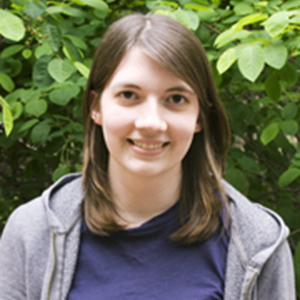
Angela Halstead
Graduate Student, Cell & Developmental Biology
- : Angela.M.Halstead@Vanderbilt.Edu
- : (615) 343-8258
- :
VUMC/Stem Cell & Developmental Biology
9465 MRB IV
Nashville, Tennessee - 37232-0494
I am interested in the spatiotemporal regulation of the TGF-β ligand Nodal and its role as a morphogenetic cue in patterning asymmetric organogenesis in both frog and mouse. Current projects include developing a mouse model in which a novel Foxh1 transcriptional repression mechanism thought to regulate Nodal transcription is abolished. Foxh1, a transcription factor, was previously thought to only positively regulate Nodal transcription. This model will help us understand the importance of this new role of Foxh1 in controlling Nodal expression during gastrulation and left-right asymmetry specification, and what the developmental consequences of its removal are.
Using Xenopus laevis as a model system, I am also characterizing the tissue architecture of the lateral plate mesoderm (LPM), the tissue through which Nodal signals during left-right asymmetry specification. By identifying the structural changes that are occurring within the LPM during asymmetric Nodal signaling and the first signs of organ looping, we hope to find clues as to what Nodal signaling is doing within the LPM to initiate the program of asymmetric organogenesis, a process which is dependent on Nodal.